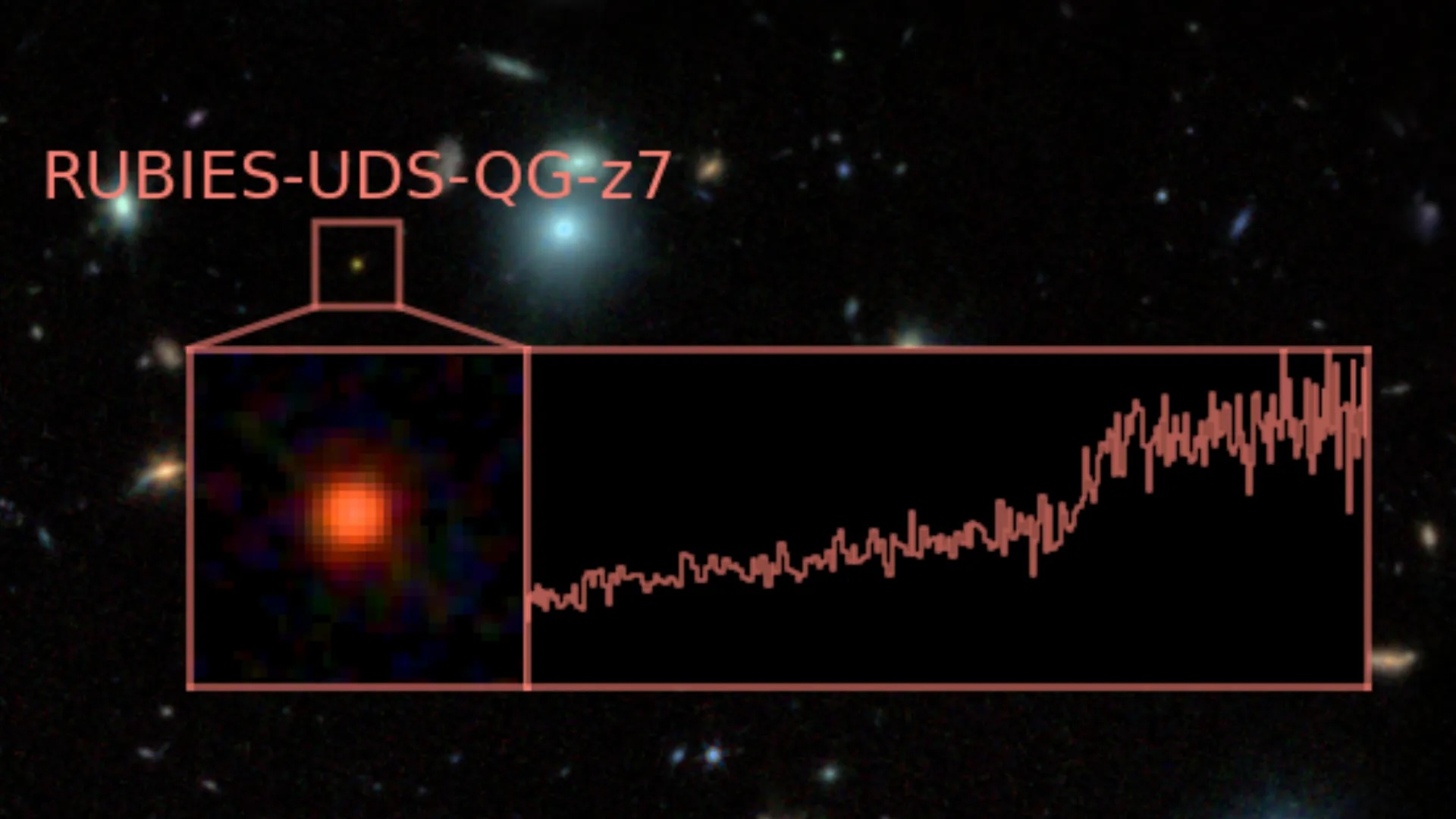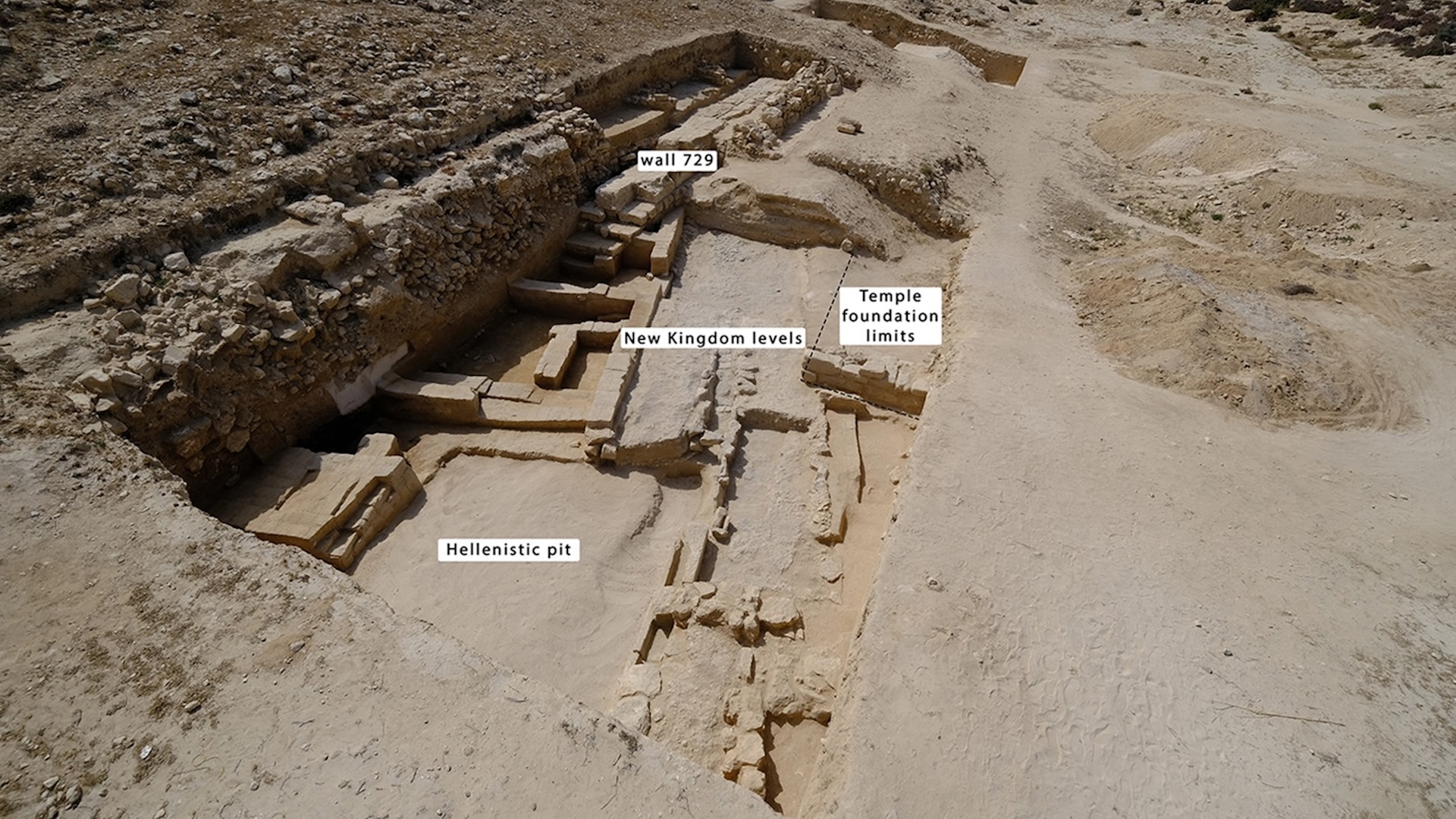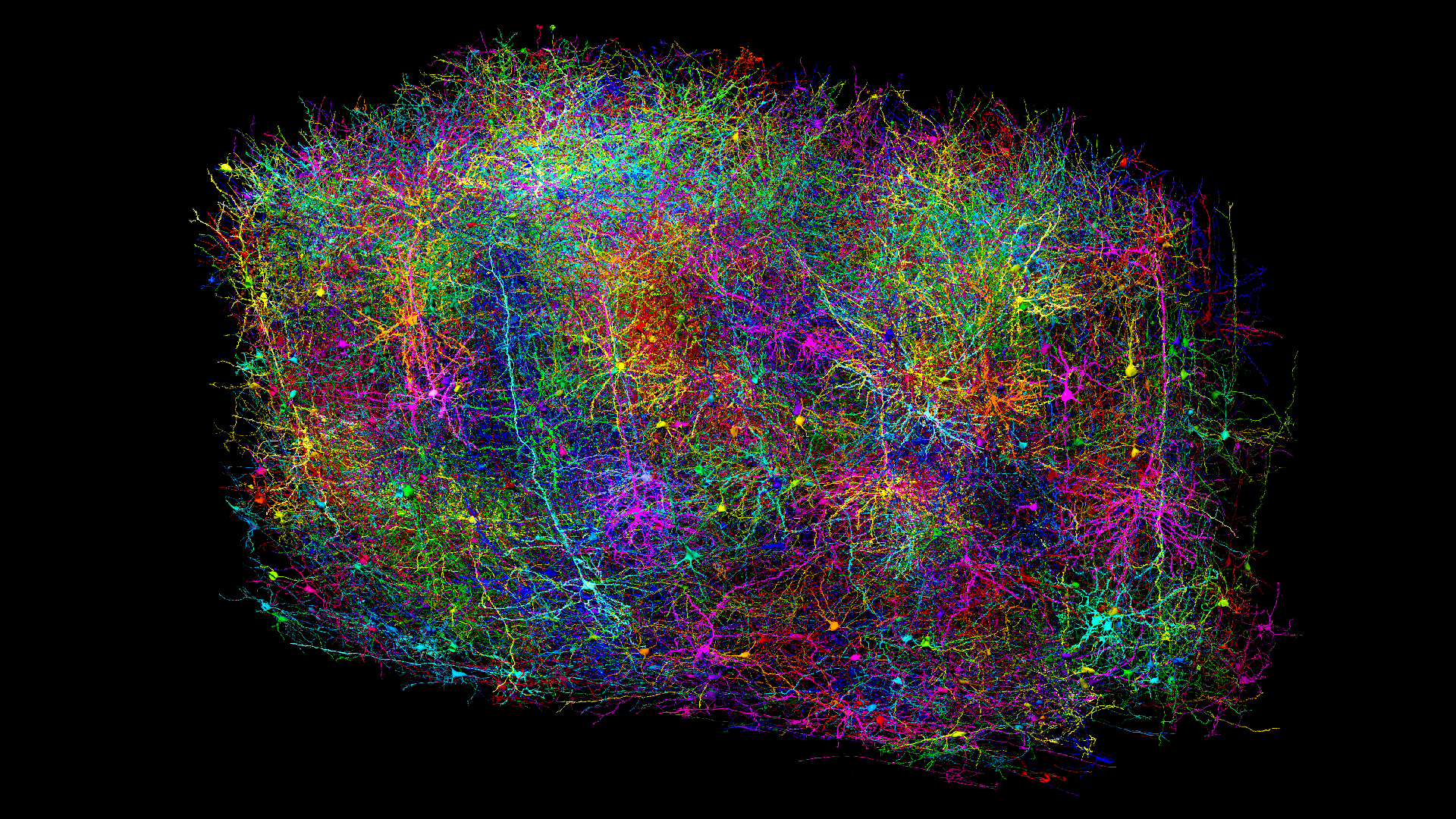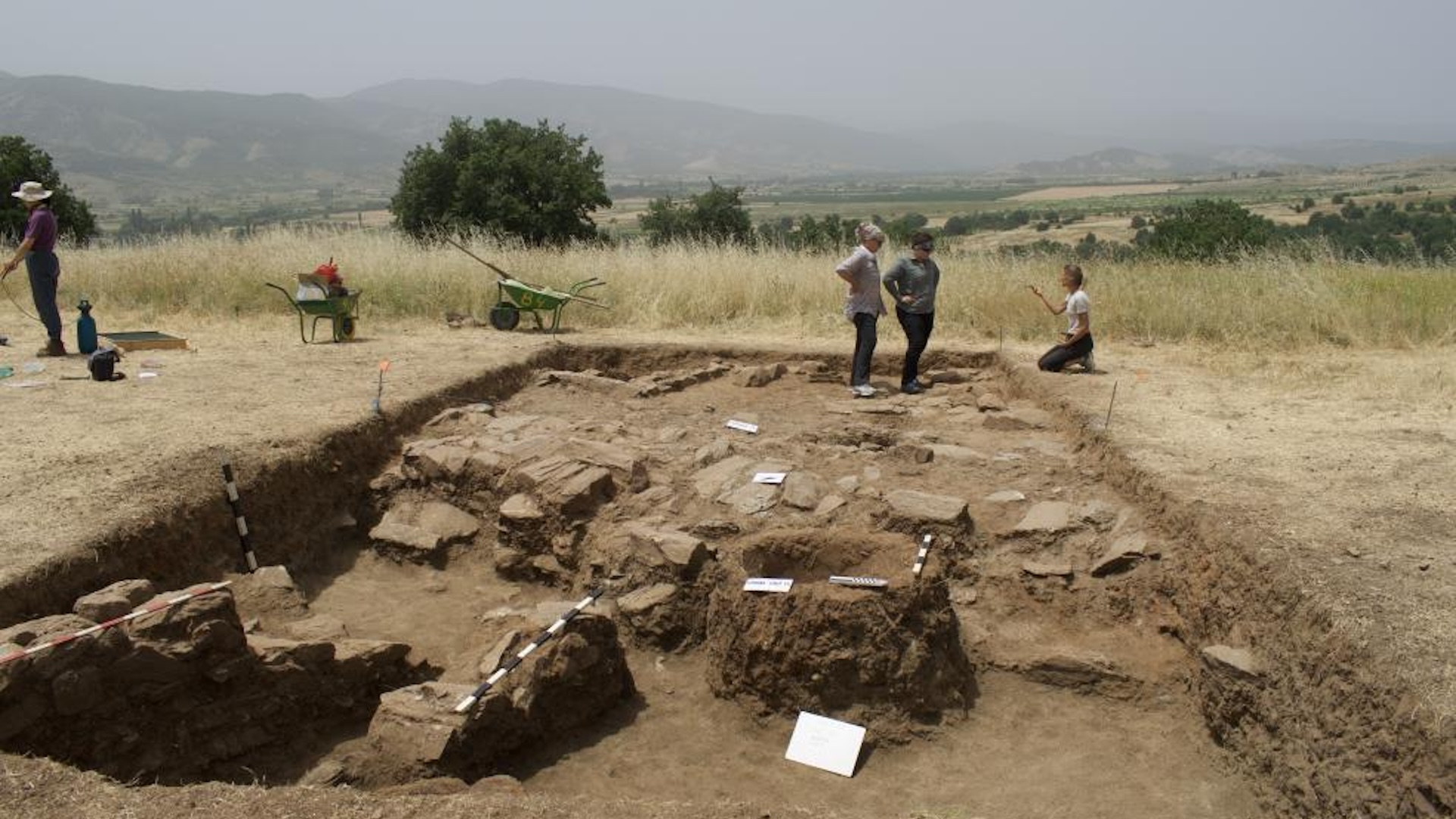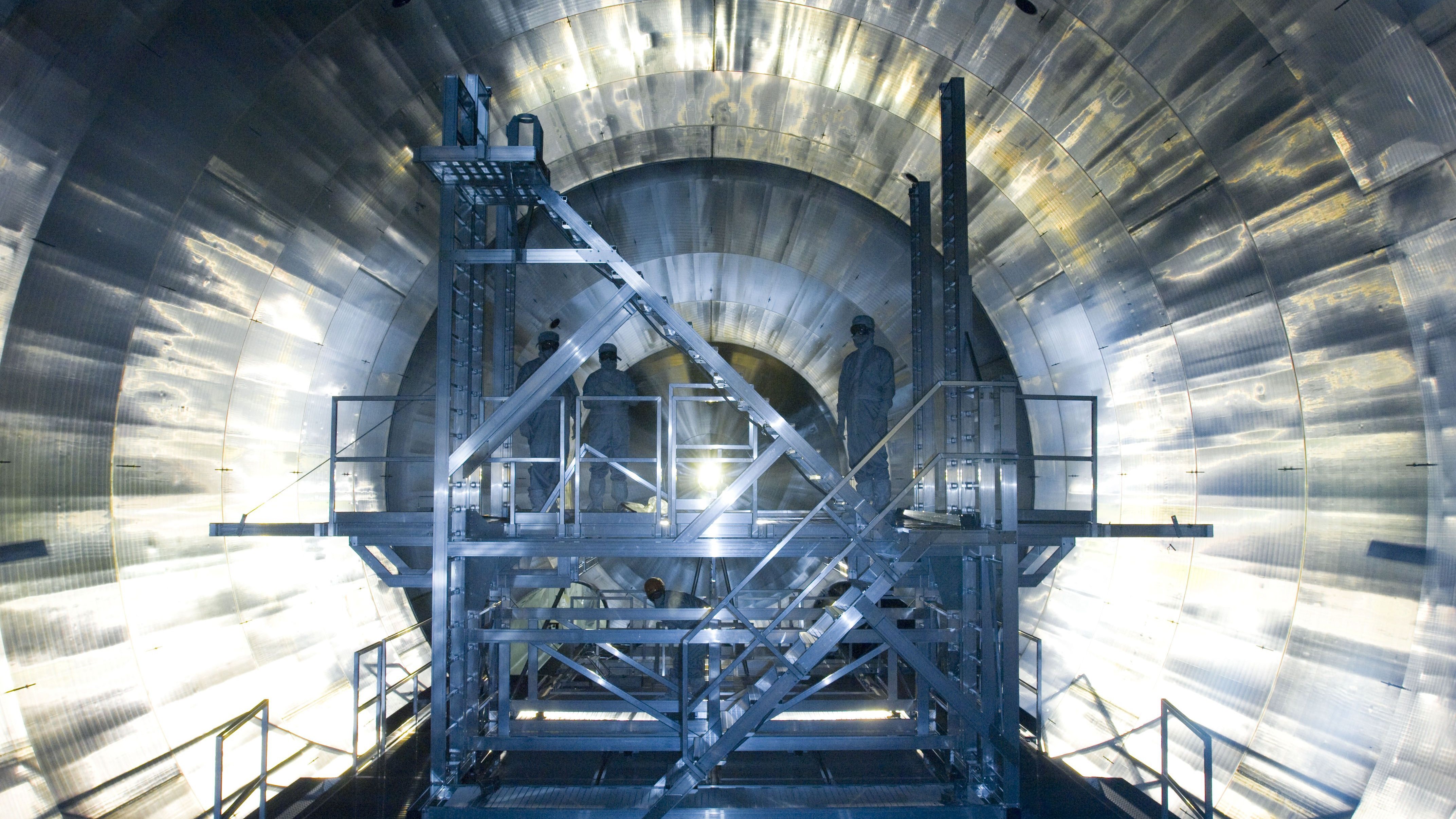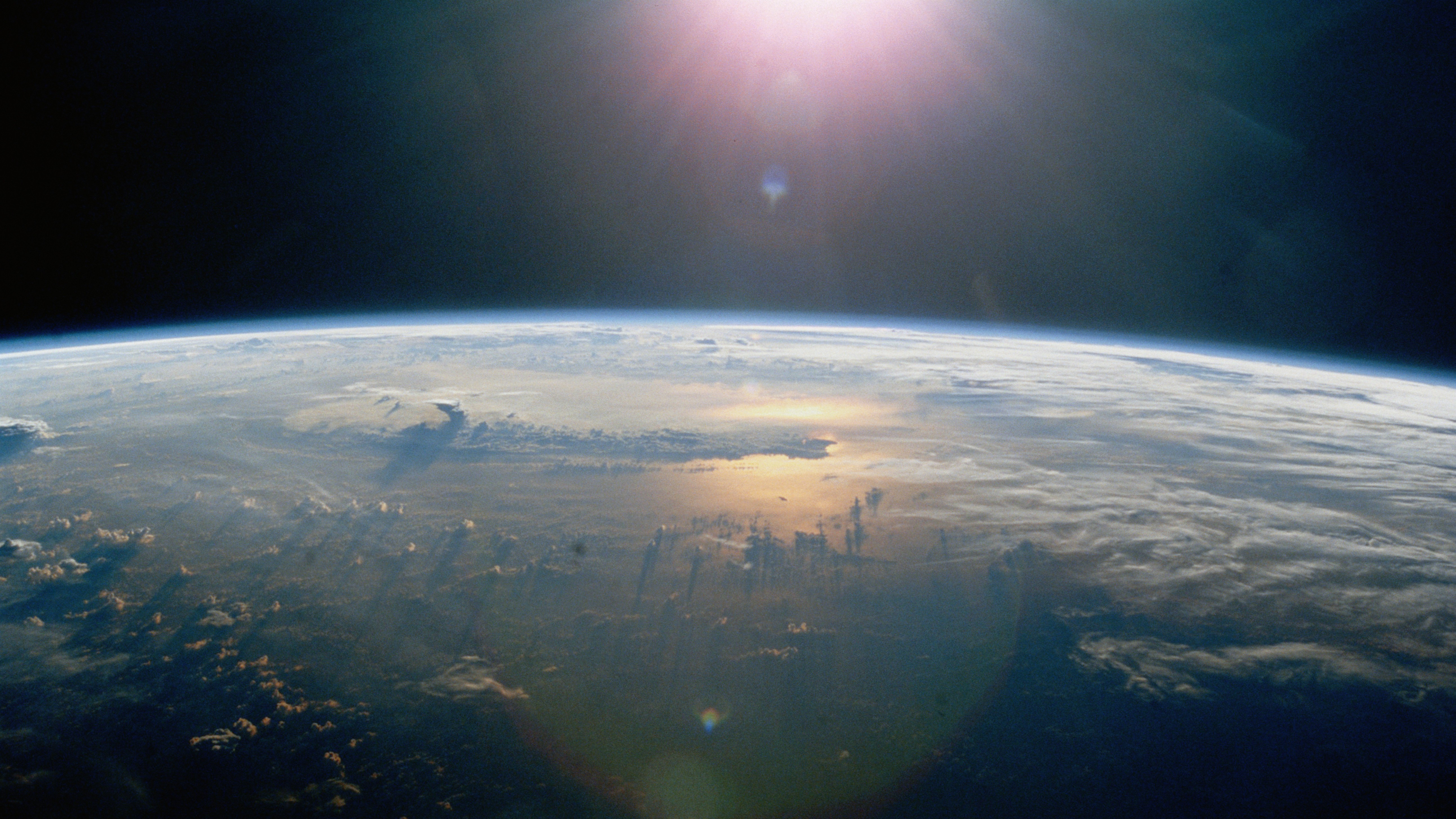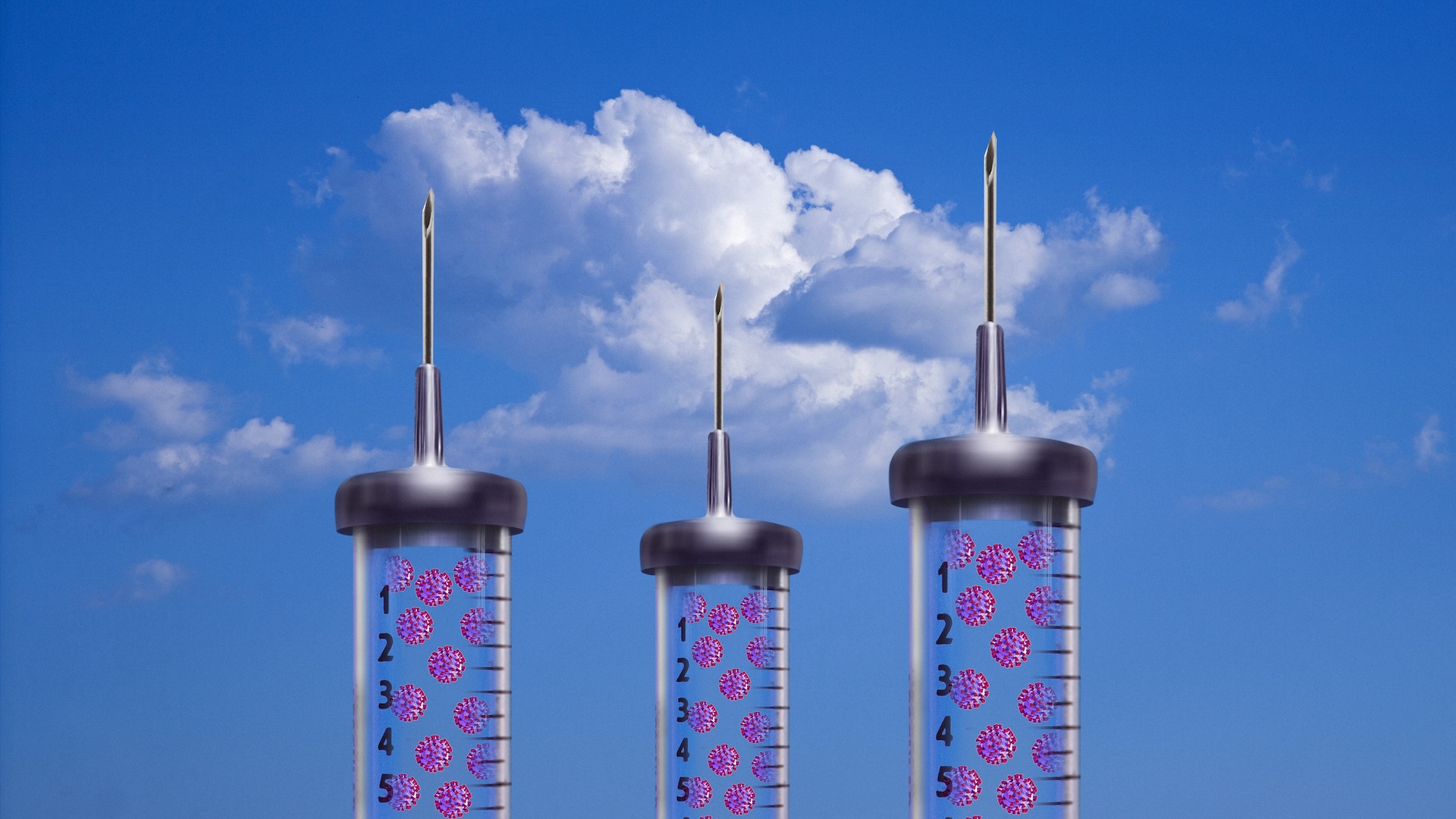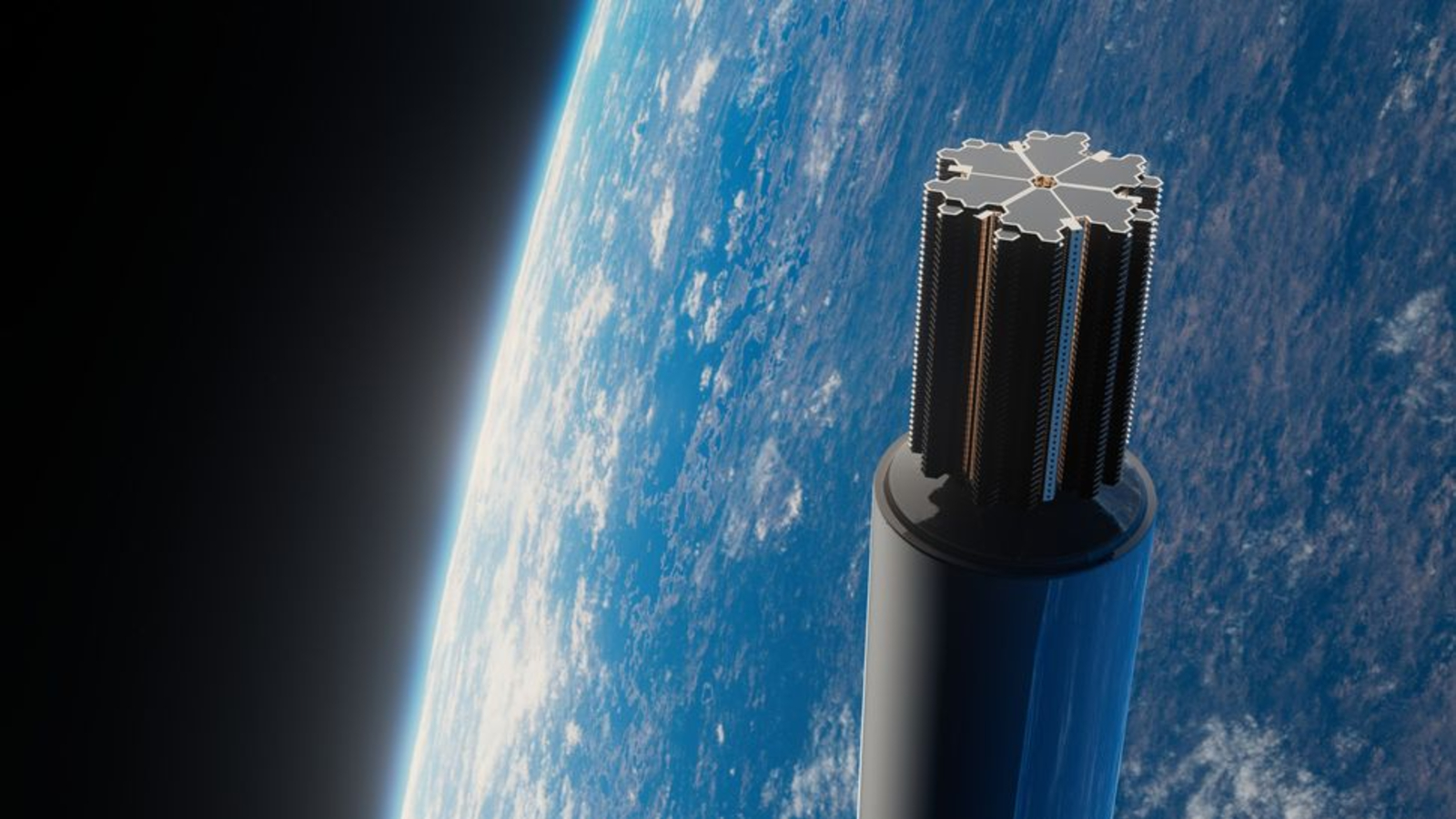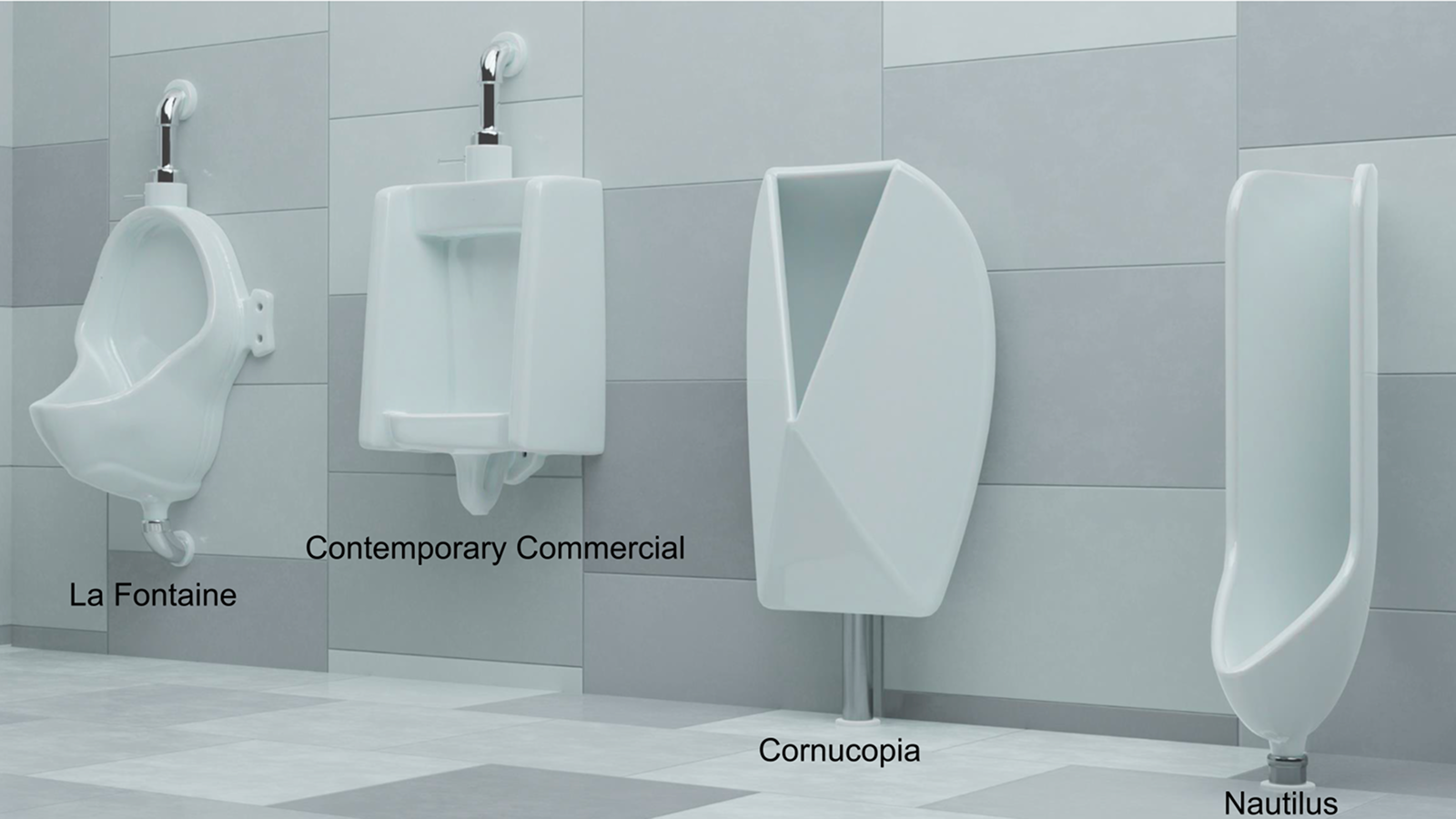It's time to clean up space junk before orbits become 'unusable,' according to new ESA report
A new report released April 1 by the European Space Agency sheds light on space pollution surrounding our planet — how bad the problem is, and what we need to do to keep Earth orbits clean enough to use.
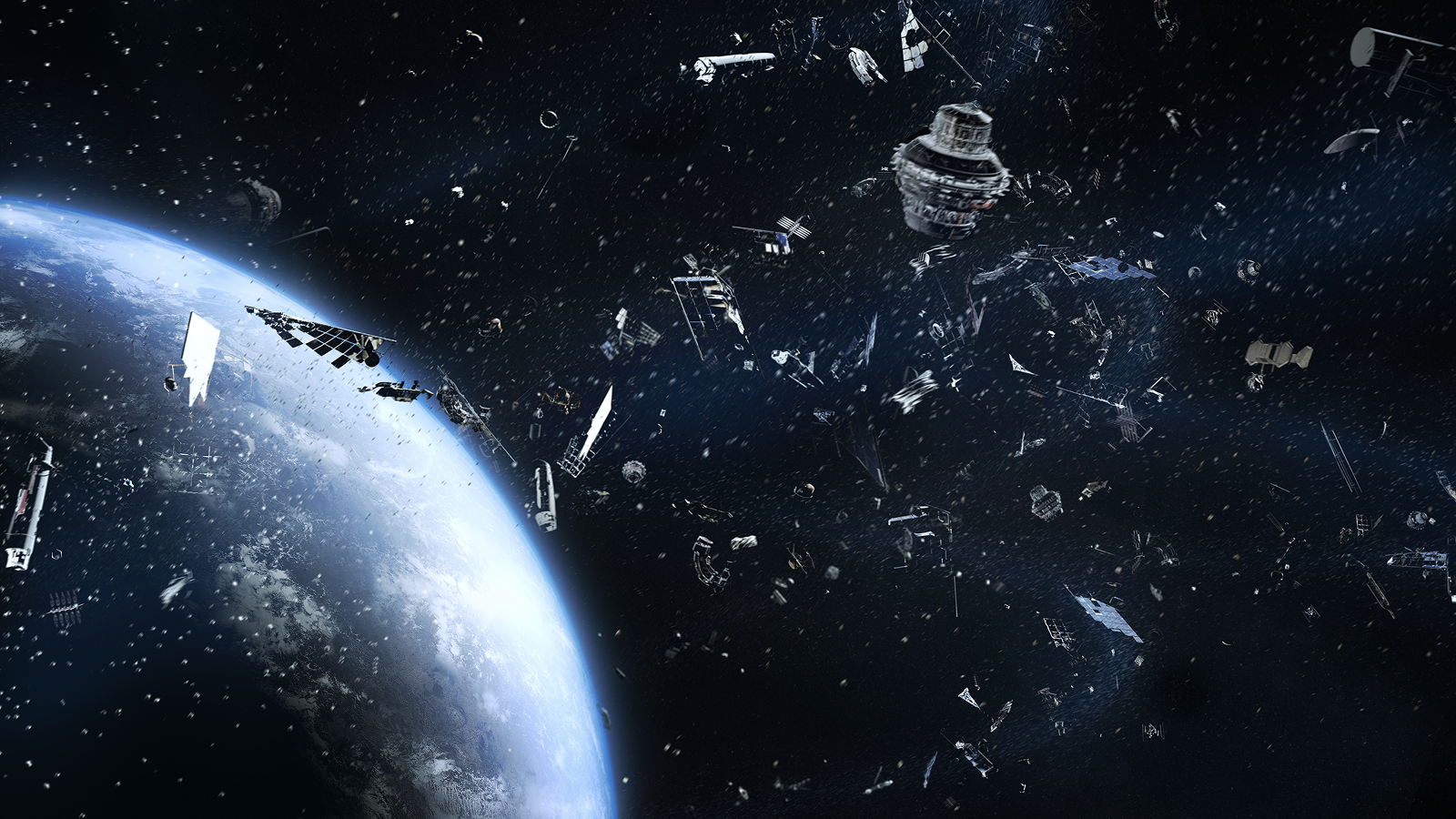
Left unchecked, the space around our planet could get so cluttered with debris that we might not be able to use some orbits anymore, according to the latest European Space Agency (ESA) report on the space environment.
The report, published April 1, states that although new standards to curb space debris are becoming more widely adopted, they aren't enough to keep the debris currently in orbit from colliding with itself — creating dangerous debris clouds in a runaway process known as "Kessler syndrome."
"Even if we created no new space debris, it would not be enough to prevent a runaway series of collisions and fragmentations," ESA said in a statement. "The actual number of space debris objects larger than 1 cm in size – large enough to be capable of causing catastrophic damage – is estimated to be over 1.2 million, with over 50,000 objects of those larger than 10 cm."
Impact by a 1 cm diameter object (about the size of a pea) could disable important satellite systems, according to ESA, while anything bigger could potentially puncture the International Space Station (ISS). "Anything larger than 10 cm could shatter a satellite or spacecraft into pieces," the agency's statement said, after a tiny fragment only a few thousandths of a millimeter across left a 7 mm chip in the ISS’s glass windows in 2016.
Related: Space junk: How broken satellites are creating a garbage crisis in the sky
The ESA report also discussed how recent changes in space traffic are making the existing debris problem worse, suggesting three major factors — traffic volume, spacecraft type and the number of commercial operators — that should be considered when planning sustainable space operations.
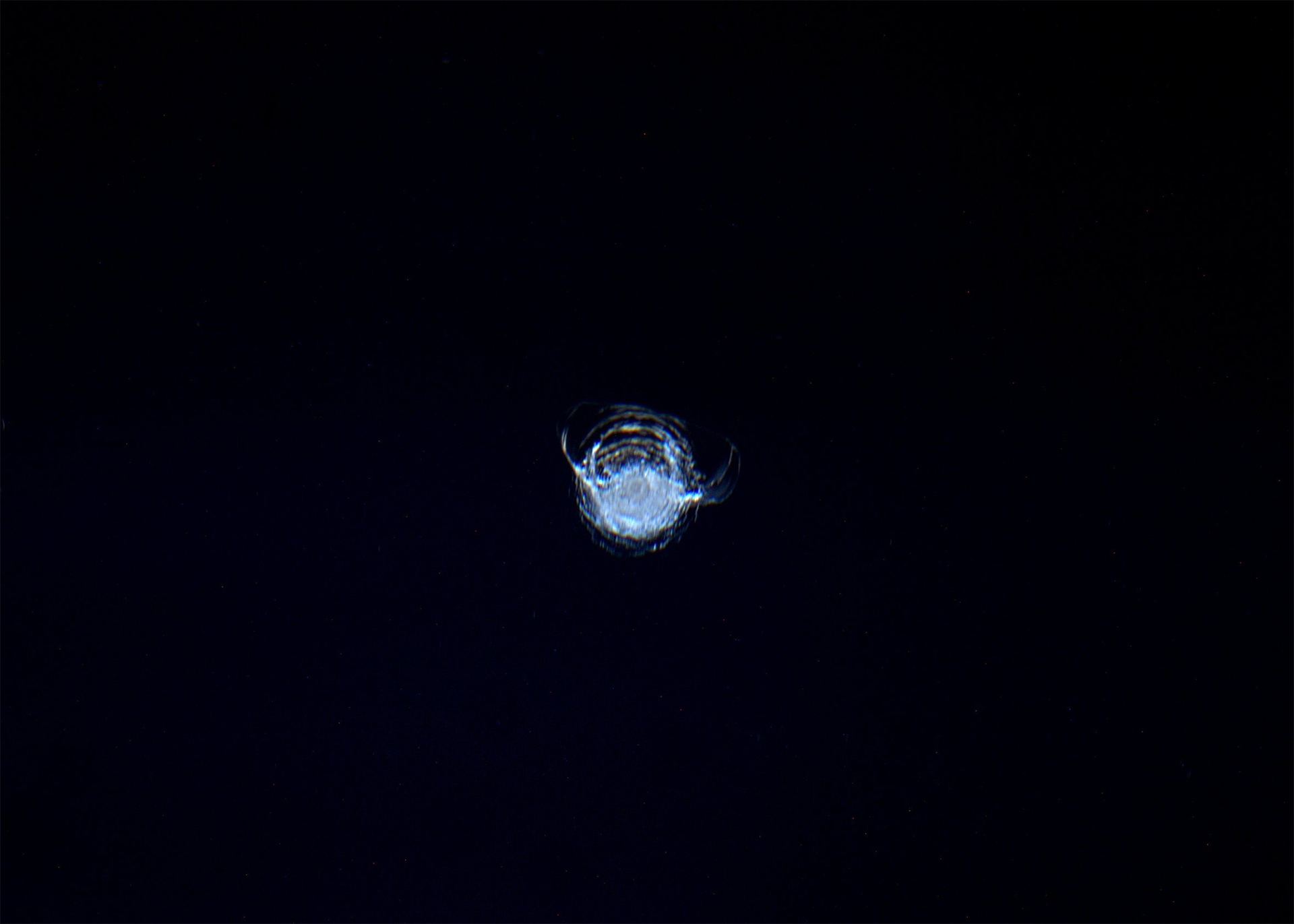
The number of launches taking place is higher now than it has ever been, and many of the spacecraft being launched are smaller systems deployed as large constellations of spacecraft. In other words, there is a lot more potential debris being added to orbit — at a time when there's already too much junk orbiting Earth as it is.
Sign up for the Live Science daily newsletter now
Get the world’s most fascinating discoveries delivered straight to your inbox.
Space debris doesn’t stick around forever — some of it burns up in our atmosphere, and some of it crashes back down to Earth. However, the debris currently leaving orbit isn't enough to match the debris being added, even though "intact satellites or rocket bodies are now re-entering the Earth atmosphere on average more than three times a day," according to ESA.
Space debris makes more of itself by breaking apart into increasingly smaller pieces with every collision. There isn't much in space to slow down fragments hurtling around our planet — they mostly keep going until they collide with something, or until their orbit decays (gets closer to Earth due to energy loss) enough for the atmosphere to burn them up.
It’s a vicious cycle: the more debris there is, the more chances there are for a collision to occur, and the more collisions there are, the more debris is created.
To reduce new debris, the ESA is now recommending spacecraft be designed to burn up within five years of the end of their life, five times shorter than the previous recommendation of 25 years. For the debris already circling the planet, the ESA says active removal is the next step — before the problem escalates out of control. ESA's ClearSpace-1 mission, planned to launch in 2028, will be the first mission to attempt to capture and remove a defunct satellite from orbit, demonstrating active debris removal for the first time.

Damien Pine (he/him) is a freelance writer, artist, and former NASA engineer. He writes about science, physics, tech, art, and other topics with a focus on making complicated ideas accessible. He has a degree in mechanical engineering from the University of Connecticut, and he gets really excited every time he sees a cat.
You must confirm your public display name before commenting
Please logout and then login again, you will then be prompted to enter your display name.
